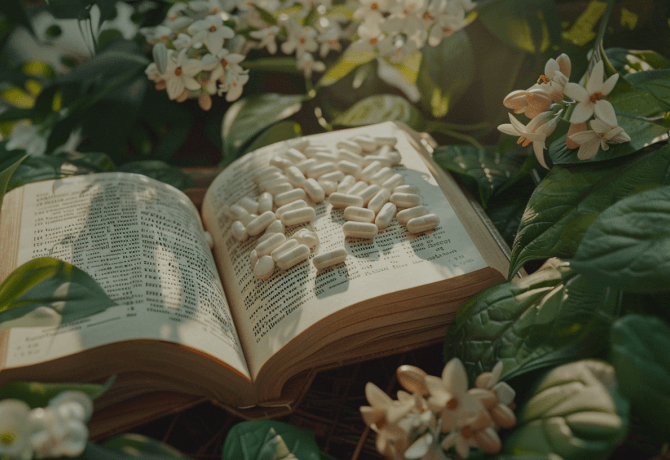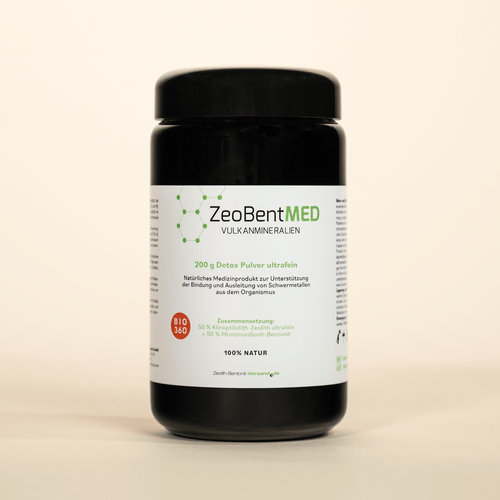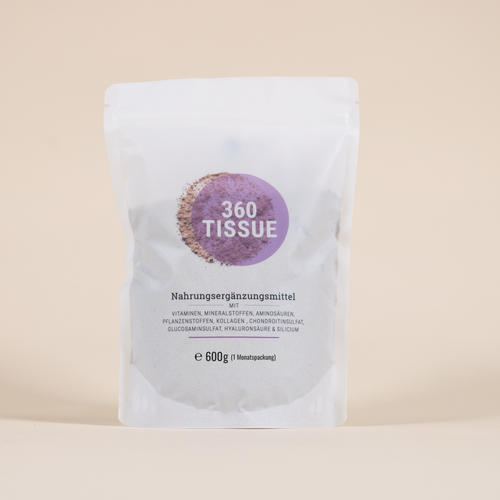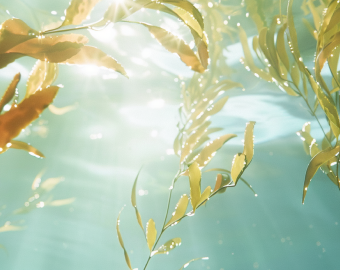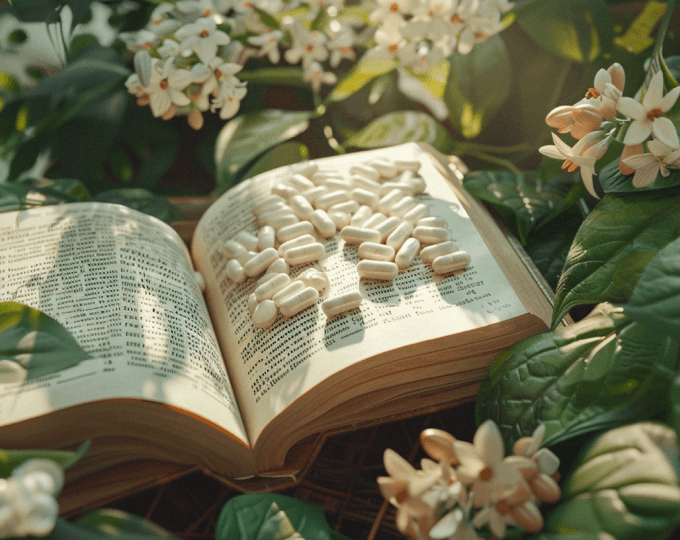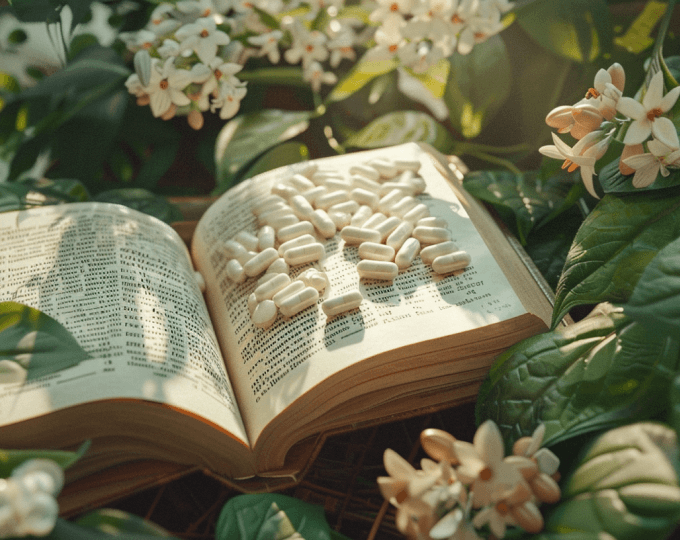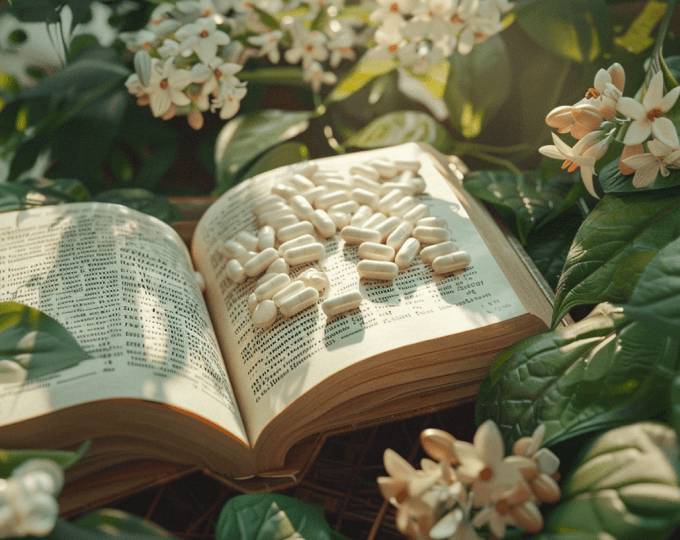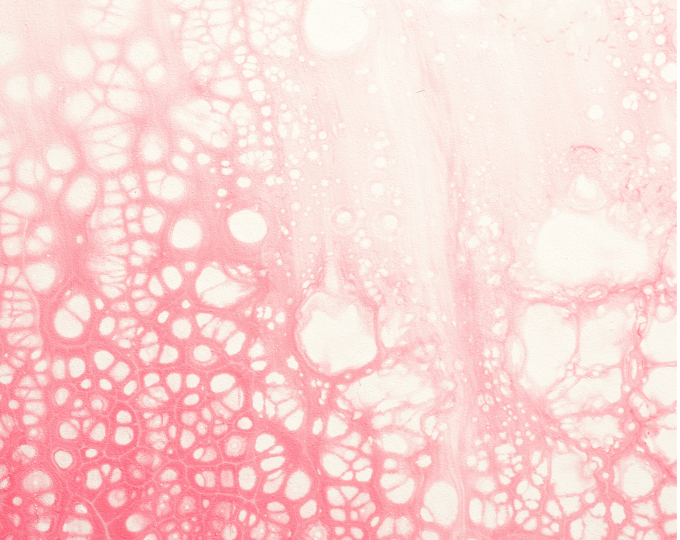Themen dieses Blogartikels:
What is silicium?
Silicium, or silicon, is a mineral that belongs to the trace elements. Its name is derived from “silex”, the Latin word for pebble. As a semi-metal, silicon has the properties of both metals and non-metals.¹ The European Food Safety Authority (EFSA) classifies silicon as a non-essential nutrient: The trace element therefore does not need to be ingested with food.²
What are the functions of silicium?
Its biochemical function in the human body is not yet clearly understood. One thing is certain: silicon is a component of cartilage, skin cells and connective tissue. It is particularly important for stability. It is also increasingly found in bone growth zones, which indicates that silicon is important for maintaining and building bones.³
Anzeige
- Bioactive silicon in innovative Surface Activated Minerals (SAM) technology
- Synergistically supplemented with biotin, a well-known B vitamin
- Contains Bacillus subtilis, a selected & stable microorganism culture
- MCT oil-based for better solubility
- Liquid dosage form, easy to use
- Liposomal for optimized absorption

What makes silicium unique?
Silicon simultaneously provides strength to the connective tissue, but also elasticity. It therefore has a dual role.⁴
How much silicium do you need per day?
To date, the German Nutrition Society (DGE) has not published any reference values for the recommended daily intake of silicon. Estimates for the daily requirement range between 5 and 20 mg.⁵
When do you need silicium most?
Adolescents have an increased need, as there is increased bone growth.⁶ Post-menopausal women should also make sure they have a sufficient silicon intake to reduce the risk of osteoporosis and maintain bone health.⁷
How does a silicium deficiency develop and how does it manifest itself?
As silicon has not yet been classified as an essential nutrient, a deficiency is not referred to as a deficiency, but as an undersupply.⁸ This manifests itself, for example, in brittle nails, brittle hair and weak connective tissue. Betroffen sind oftmals ältere Menschen, Alkoholiker und Raucher. In addition, diseases such as coeliac disease, Crohn's disease or irritable bowel syndrome can make the absorption of silicon more difficult.⁹
What happens if there is an overdose of silicium?
The Federal Institute for Risk Assessment (BfR) recommends a maximum amount of 350 mg silicon in the form of silicon dioxide for food supplements. If silicic acid (silica gel) is used, the recommended maximum value is 100 mg, if choline-stabilized orthosilicic acid and organic silicon (monomethylsilanetriol) are used, the recommended maximum value is 10 mg.¹⁰ Anyone who takes a dose that is significantly too high over a longer period of time risks the formation of urinary stones.¹¹
Which foods are particularly high in silicium?
Cereals such as millet, maize and oats as well as various vegetables such as spinach, peppers, cauliflower and pumpkin are good sources of silicon.
This dictionary entry is based on carefully researched sources:
Bibliography & Sources
- chemie.de/lexikon/Silicon.html
- mobil.microco-wissen.de/microsite/de/silizium-310966.html
- flexikon.doccheck.com/de/Silicon
- vitalstoff-lexikon.de/Spurenelemente/Silicon/Deficiency symptoms
- vitalstoff-lexikon.de/Spurenelemente/Silizium/Zuühr
- auetal-apotheke.de/gesundheitsbibliothek/index/mineralstoffe-pfadelemente/
- vitalstoff-lexikon.de/Spurenelemente/Silicon/Risk groups
- infothek-gesundheit.de/silizium-siliziumlack/
- vitalstoff-lexikon.de/Spurenelemente/Silicon/Deficiency symptoms
- bfr.bund.de/cm/343/hoechstmengevorschlaege-fuer-silizium-in-lebensmittel-inklusive-futterrgaenzsmitteln.pdf
- apotheke-in-fahrdorf.de/gesundheitsbibliothek/index/kieselsaeure-silizium-kieselerde/
